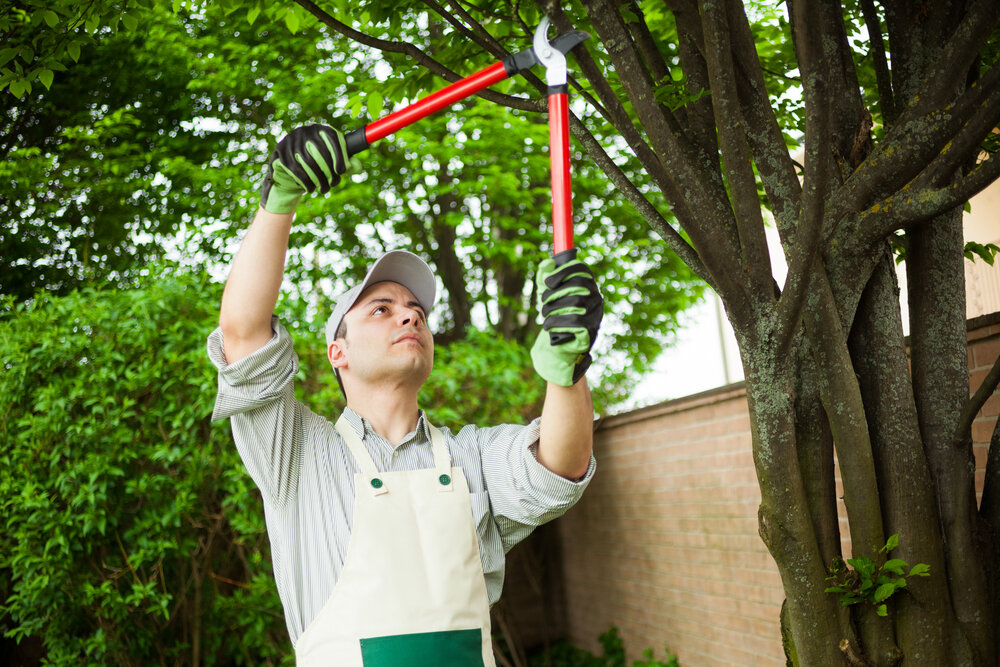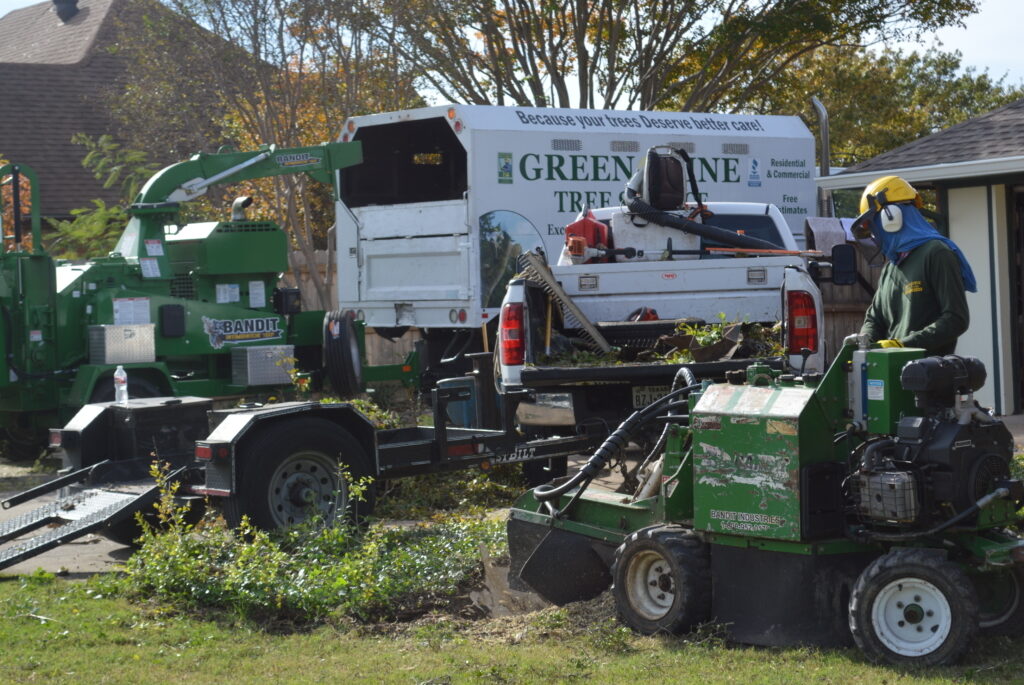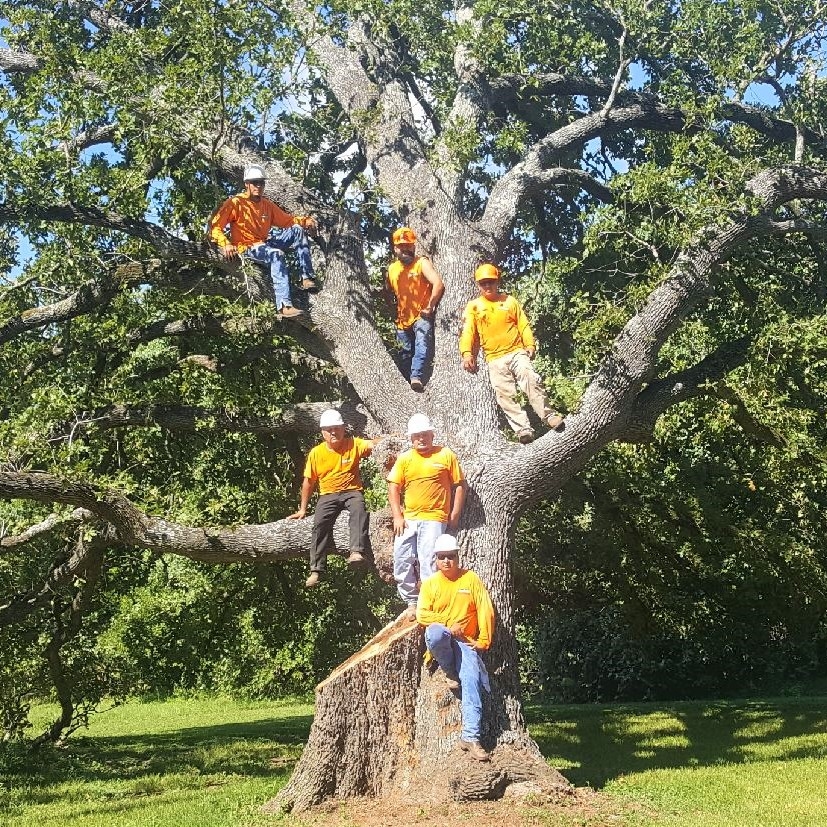Introduction to Tree Pruning
What is Tree Pruning?
Pruning a tree involves carefully cutting away specific parts, like branches, buds, or roots, to shape or improve its health. The primary goal is to ensure the tree’s health, enhance its aesthetic appeal, and eliminate potential hazards. Whether it’s shaping the tree, removing dead or diseased branches, or preparing it for seasonal changes, pruning is a crucial part of tree care.
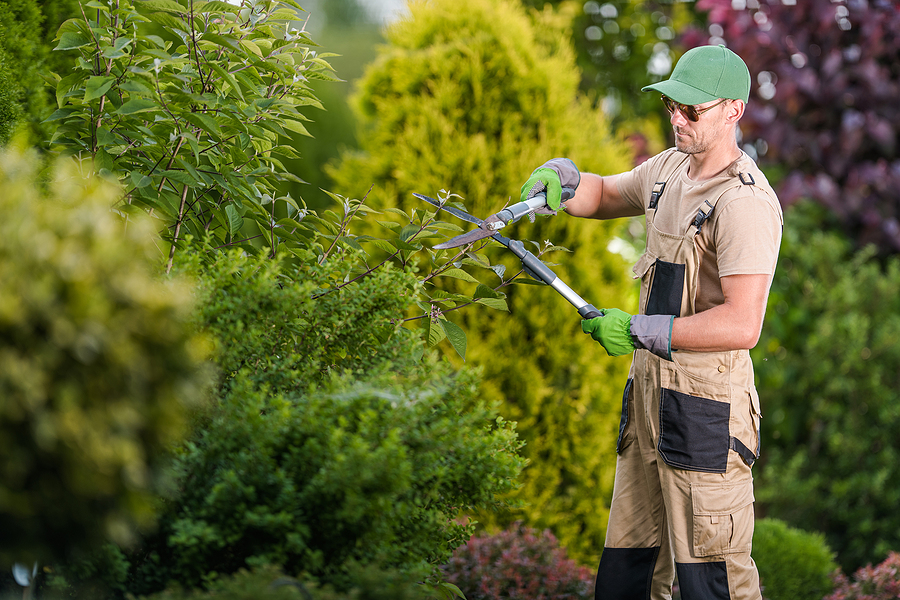
Pruning is not just about keeping your tree looking good; it’s essential for its overall health. Regular pruning helps prevent diseases, encourages new growth, and keeps the tree structurally sound. Moreover, it reduces the risk of falling branches, which can be dangerous for both people and property.
Types of Tree Pruning
Fine Pruning
Fine pruning involves the selective removal of small limbs and branches to improve the tree’s appearance. It’s often used for ornamental trees to enhance their natural shape.
Standard Pruning
Standard pruning is a more extensive pruning process, removing larger branches and limbs to maintain the tree’s structure and health.
Hazard Pruning
This type of pruning is done to remove branches that could pose a danger to people or property. It’s particularly important for trees located near buildings, sidewalks, or roads.
Crown Reduction
Crown reduction involves reducing the size of the tree’s canopy. This is typically done to prevent trees from interfering with power lines or other structures.
Why You Need Tree Pruning Services
Health of the Tree
Pruning is essential for maintaining a tree’s health. By removing dead or diseased branches, you prevent the spread of disease and allow the tree to allocate its resources more efficiently.
Aesthetic Appeal
A well-pruned tree looks beautiful and can significantly enhance the curb appeal of your property. Pruning helps maintain the tree’s natural shape and encourages the growth of flowers and fruit.
Safety Reasons
Dead or overgrown branches can pose serious risks, especially during storms. Pruning eliminates these hazards, keeping your property and family safe.
Promoting Fruit and Flower Production
Pruning encourages the growth of more flowers and fruit by allowing more sunlight to reach the tree’s interior and by removing non-productive branches.
When to Prune Your Trees
Best Time of the Year
The ideal time to prune most trees is usually during their dormant period, which often falls in late winter or early spring. However, the timing can vary depending on the tree species and the local climate.
Signs That Your Tree Needs Pruning
If you notice dead branches, an unbalanced appearance, or branches growing too close to power lines, it’s time to prune. Frequent check-ups enable you to detect these indicators at an early stage.
How Tree Pruning Services Work
Initial Consultation
A professional tree pruning service typically begins with a consultation to assess your trees and discuss your needs.
Tree Assessment
The service will then conduct a thorough assessment of the tree’s health, structure, and any potential hazards.
Pruning Process
After the assessment is finalized, the pruning phase commences. Professionals use specialized tools and techniques to carefully remove branches while minimizing stress to the tree.
Tools and Equipment Used in Tree Pruning
Hand Pruners
Hand pruners are designed for trimming small branches and stems. They are ideal for fine pruning tasks.Loppers are like heavy-duty scissors and are used for cutting thicker branches that hand pruners can’t handle. Pole pruners are long-handled tools that allow you to reach high branches without needing a ladder.
Pruning Saws
Pruning saws are used for cutting larger branches. They come in various sizes and designs, depending on the thickness of the branches.
Choosing a Professional Tree Pruning Service
What to Look For
When choosing a tree pruning service, look for professionals with experience, good reviews, and proper certifications. Ensure they have insurance to protect against any accidents.
Questions to Ask
Before hiring a service, ask about their pruning techniques, how they handle debris removal, and their approach to tree health.
Cost of Tree Pruning Services
The cost can vary based on the size of the tree, the extent of pruning required, and your location. It’s a good idea to get multiple quotes to ensure you’re getting a fair price.
DIY Tree Pruning: Pros and Cons
Benefits of DIY Pruning
DIY pruning can save you money and give you control over the process. It’s also a great way to spend time outdoors and care for your trees.

Risks and Challenges
However, DIY pruning comes with risks. Without proper knowledge and tools, you can easily damage the tree or injure yourself. It’s also easy to make mistakes that could lead to more problems down the road.
Common Mistakes in Tree Pruning
Over-Pruning
Cutting off too many branches at once can overwhelm the tree and slow down its growth. It’s important to prune gradually and with care.
Topping
Topping is the practice of cutting off the top of a tree, which can lead to weak, unstable growth. It’s generally considered a harmful practice.
Incorrect Timing
Pruning at the wrong time of year can expose the tree to disease or stunt its growth. Always research the best time to prune your specific tree species.
The Impact of Tree Pruning on Tree Health
Promoting Growth
Proper pruning stimulates growth by removing dead or overcrowded branches, allowing the tree to focus its energy on healthy parts.
Preventing Disease
Pruning helps prevent the spread of disease by removing infected branches. This keeps the rest of the tree healthy and strong.
Tree Pruning for Different Tree Species
Deciduous Trees
Deciduous trees, which lose their leaves in the fall, should be pruned during their dormant season.
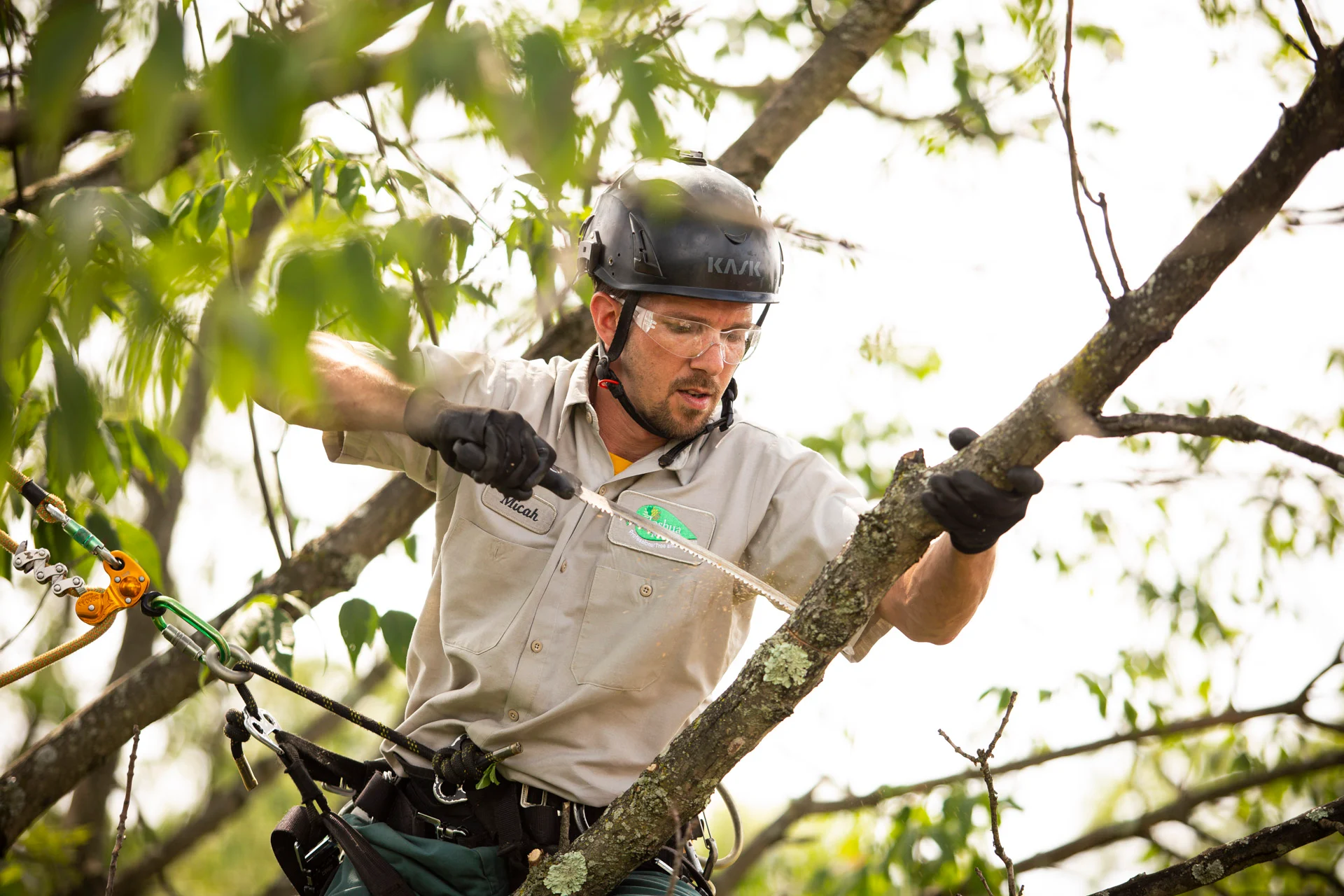
Evergreen Trees
Evergreens can be pruned at almost any time of the year, but it’s best to avoid pruning in late summer or early fall to prevent new growth from being damaged by cold weather.
Fruit Trees
Fruit trees require careful pruning to maximize fruit production.
